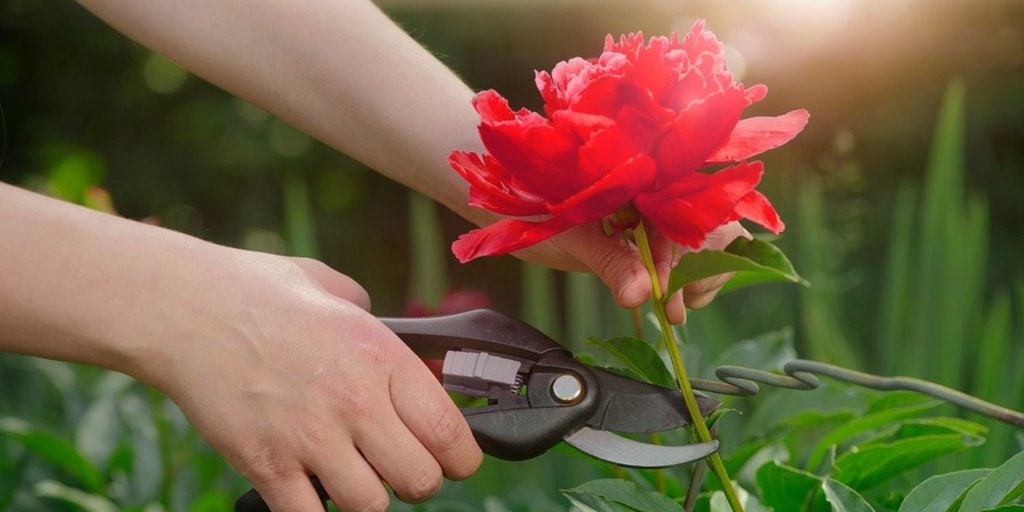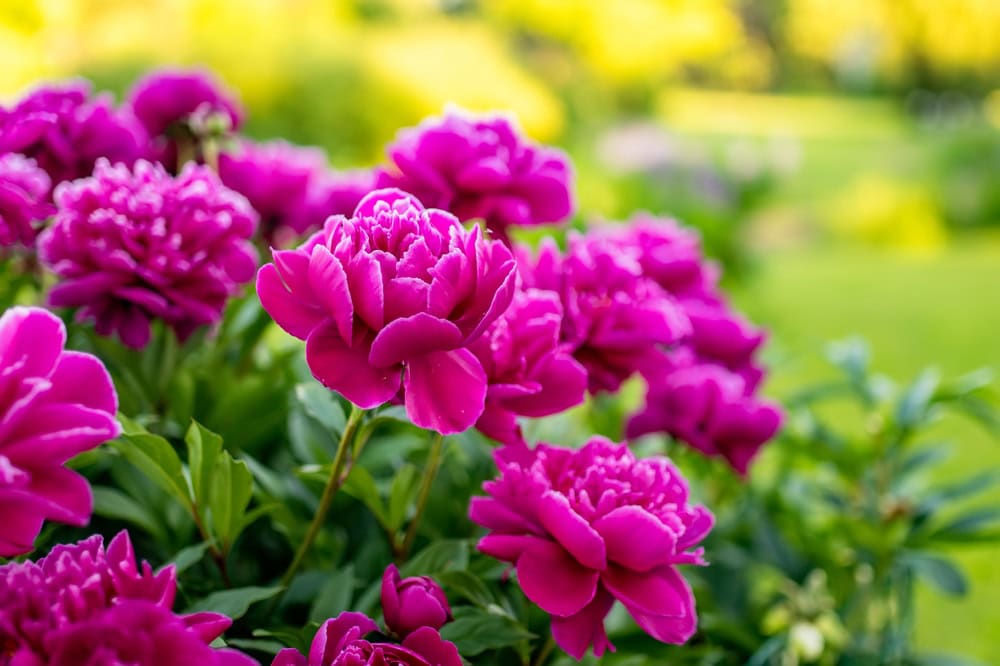
Peonies, known for their extravagant blossoms and timeless allure, are perennial favorites in any garden enthusiast’s collection. Yet, as these stunning flowers reach the end of their spring bloom, a crucial question arises: should you deadhead your peonies? Amidst the debate, garden experts offer invaluable insights into maximizing the beauty and vitality of these beloved blooms.
Deadheading for Peony Maintenance
Deadheading, the practice of removing spent flowers, is a vital aspect of peony maintenance, unlocking the potential for enhanced appearance and future blooms. Seasoned gardening experts emphasize its importance in nurturing healthier, more abundant growth in the coming seasons.
However, they note the importance of considering the peony variety, as pruning techniques vary among the three main types: those that die back in winter, tree peonies, and hybrids.
The Different Types of Peonies
Understanding the distinct needs of each peony variety is crucial for effective deadheading. While some may benefit from complete pruning in autumn, others, like tree peonies, require more delicate care, focusing on removing faded seed heads.
Florists emphasize the holistic benefits of deadheading, from stimulating growth to reducing the risk of disease transmission. With their expertise, they highlight the intricate balance between preserving energy for seed formation and safeguarding the plant’s overall health.
Timing Is the Secret Key
Mastering the art of deadheading involves more than just pruning techniques. It encompasses timing and environmental considerations. Selecting the optimal moment, typically late spring or early summer, ensures maximum efficacy. Moreover, favorable weather conditions, such as dry, sunny days, are pivotal in preventing the spread of disease and optimizing results.

Successful deadheading requires the right tools and techniques. While the process may seem straightforward, using clean gardening scissors or pruners is essential for precision and hygiene. Cutting spent flowers just above healthy leaves or leaf nodes promotes continued growth and vitality. Moreover, proper disposal of pruned materials and meticulous soil maintenance contribute to a thriving peony ecosystem free from pests and diseases.